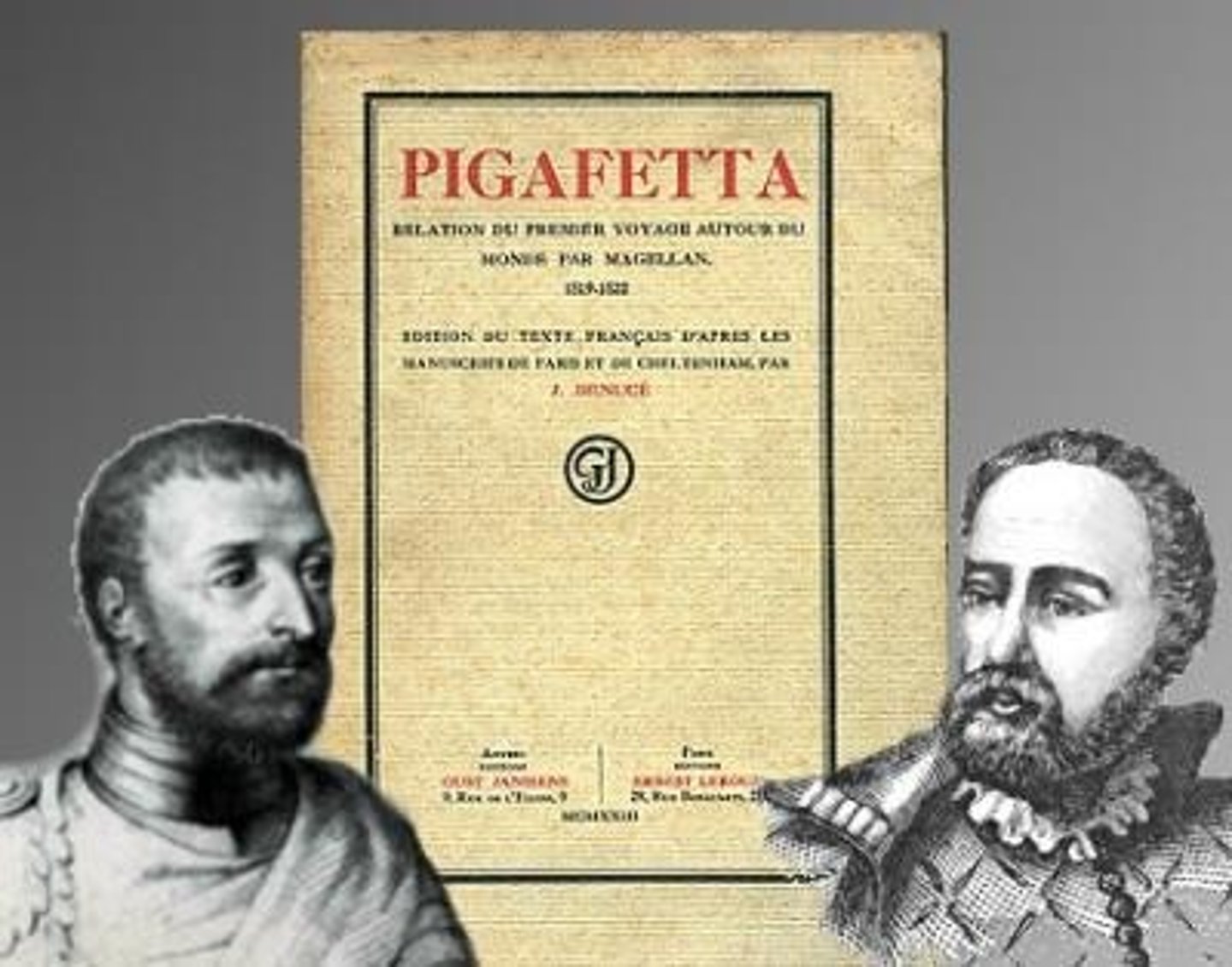Colonial History of the Philippines: Key Events and Figures
1/80
There's no tags or description
Looks like no tags are added yet.
Name | Mastery | Learn | Test | Matching | Spaced |
|---|
No study sessions yet.
81 Terms
3Gs of Colonial History
God, Gold, and Glory driving Spanish colonization.
God
Religious mission to spread Christianity in the Philippines.
Gold
Economic motive for trade and wealth during colonization.
Glory
Desire for national prestige through colonization.
Spanish Missionaries
Spread Christianity, especially in Luzon and Visayas.
Mindanao Resistance
Mindanao's strong opposition to Spanish religious influence.
Philippine Religious Demographics
85% Christian, 10% Muslim, 5% other religions.
Galleon Trade
Trade route between Manila and Acapulco.
Spice Trade
First westward route to Asia for spices.
Intramuros
Walled city serving as Spanish colonial capital.
Spolarium
Painting depicting Filipino suffering under Spanish rule.
Magellan
Portuguese sailor who led first circumnavigation.
Treaty of Tordesillas
Divided newly discovered lands between Spain and Portugal.
Pigafetta's Account
Document detailing Magellan's voyage, published in 1800.

Maximilianus Transylvanus
Authored a letter on the Moluccas in 1522.
San Antonio
One of five ships in Magellan's expedition.
Victoria
Only ship to complete Magellan's circumnavigation.
Commercial Revolution
Period marked by European expansion and trade growth.
Ferdinand and Isabella
Spanish monarchs who sponsored exploration efforts.
Cultural Interaction
Exchange of cultures due to Asian and European trade.
Defensive Walls
Constructed to protect Intramuros from invasions.
Relics and Idols
Traditions carried from Spanish influence to present.
Navigation Advances
Technological improvements aiding exploratory expeditions.
Oriental Trade
Profitable trade route for luxury goods.
Spanish Colonial Rule
300 years of Spanish governance in the Philippines.
Economic Products
Flow of goods from Asia to Europe.
Forced Labor
Exploitation of Filipinos during Spanish colonization.
Human Rights Violations
Abuses experienced by Filipinos under Spanish rule.
Archipelago of San Lazaro
Name given by Magellan to the Philippines.
International Date Line
Imaginary line that determines calendar dates.
Homonhon
First island Magellan visited in the Philippines.
Enrique
Malay interpreter and slave of Magellan.
Limasawa
Site of the first mass in the Philippines.
Father Pedro de Valderrama
Priest who led the first mass in Limasawa.

Rajah Kolambu
Leader of Limasawa who witnessed the mass.
Easter Sunday Mass
Mass held on March 31, 1521, in Limasawa.
Cebu
Island where Magellan arrived on April 5, 1521.
Rajah Humabon
Leader of Cebu who accepted the Spaniards.
Santo Niño
Image given to Hara Amihan by Magellan.
Battle of Mactan
Conflict where Magellan was killed on April 27, 1521.
Lapu-Lapu
Leader of Mactan who resisted Spanish rule.
Duarte Barbosa
Successor to Magellan after his death.
Alvaro de Saavedra Ceron
Spanish explorer who followed Magellan's expedition.
Saavedra Expedition Goals
To find survivors and lost ships from Magellan's voyage.
Zihuatanejo
Port where Saavedra's expedition departed in 1527.
Guam
First landfall of Saavedra's expedition after storms.
Tidore
Location where Saavedra encountered survivors of Loaisa's expedition.
Villalobos Expedition
Expedition that named the Philippines 'Felipinas.'
Ruy Lopez de Villalobos
Commander of the expedition that reached Mindanao.
Felipinas
Name given to the Philippines in honor of Don Felipe.
Cortes
Spanish conqueror who ordered Saavedra's expedition.
Masao
Alternative site for the first mass in the Philippines.
Baptism of Cebu Natives
Ceremony where Rajah Humabon was baptized.
Coral Reefs
Obstacles that hindered Spanish cannons in battle.
Assassination of Barbosa and Serrao
Executed by Rajah Humabon due to alliance doubts.
King Felipe II
Confirmed the name 'Felipinas' in 1559 decree.
Villalobos
Spanish explorer who named the Philippines.
Portuguese Opposition
Resisted Spanish settlement in neighboring islands.
Malignant Fever
Illness that led to Villalobos' death in 1546.
Sarragan
Island where Villalobos faced severe hardships.
Legazpi Expedition
New expedition to the Philippines in 1565.
Andres de Urdaneta
Priest who survived the Loaisa mission.
Blood Compact
Ceremony of friendship between Legazpi and Sikatuna.
Fuerza de San Pedro
Spanish trading outpost established in Cebu.
Rajah Suliman
Muslim king who allied with Spaniards in Manila.
Juan de Plasencia
Franciscan priest who documented Tagalog customs.
Doctrina Cristiana
First book printed in the Philippines.
Barangay
Tribal gathering led by a dato.
Maharlica
Noble class in pre-colonial Philippine society.
Aliping Namamahay
Commoners who own property and serve a dato.
Aliping Saguiguilid
Slaves serving their masters in households.
Datu
Chief who governed barangays and led in war.
Spanish Colonization
Period marked by Spanish attempts to control Philippines.
Charles I
King who halted colonial expeditions after Villalobos.
Cebu Island
First landing site of Legazpi's expedition.
Gold and Spices
Primary resources sought by Spanish expeditions.
Insigne y Siempre Leal Ciudad de España
Title bestowed upon Manila by King Philip II.
Laguna de Bay
Region where Plasencia began missionary work.
Tayabas
Area where Plasencia founded several towns.
Caste System
Social hierarchy of nobles, commoners, and slaves.
Fisheries
Controlled by chiefs with established limits.